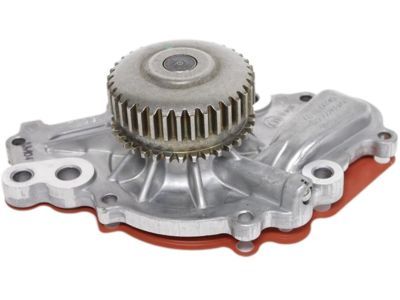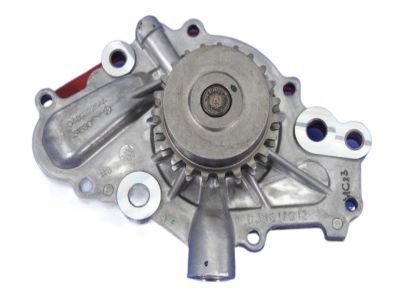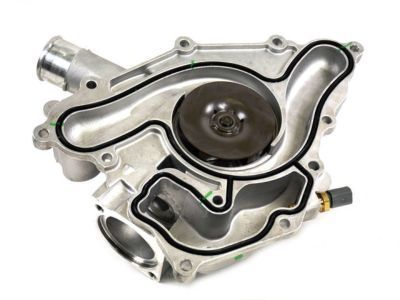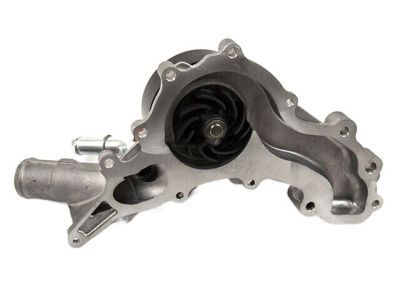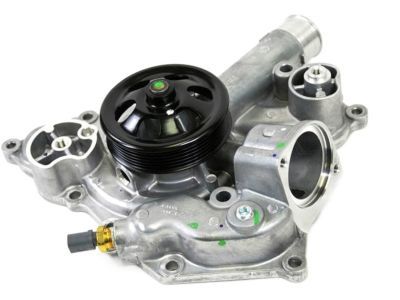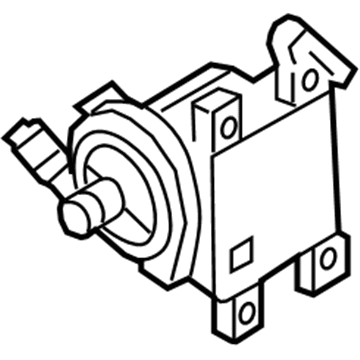×
- Live Chat
- 1-888-511-3595

My Garage
My Account
Cart
Genuine Dodge Charger Water Pump
H2O Pump- Select Vehicle by Model
- Select Vehicle by VIN
Select Vehicle by Model
orDodge
Charger
Year
Select Vehicle by VIN
For the most accurate results, select vehicle by your VIN (Vehicle Identification Number).
29 Water Pumps found
Dodge Charger Engine Cooling Water Pump
Part Number: 5184498AJ$148.63 MSRP: $220.00You Save: $71.37 (33%)Dodge Charger Auxiliary Coolant Pump
Part Number: 5181868AE$1052.70 MSRP: $1610.00You Save: $557.30 (35%)Dodge Charger Water Pump Compatible
Part Number: 53022340AF$117.60 MSRP: $174.00You Save: $56.40 (33%)Dodge Charger Auxiliary Coolant Pump
Part Number: 68370830AA$1138.86 MSRP: $1665.00You Save: $526.14 (32%)
| Page 1 of 2 |Next >
1-20 of 29 Results
Dodge Charger Water Pump
The Water Pump of Dodge Charger vehicles is one of the essential components in the automobiles that transfers water-glycol mixture from the radiator to the engine for absorbing heat developed during combustion process. It is common to see the models using belt-driven pump with the impellers for the circulation of the coolant in the system, although the newest cars use electric water pumps. Performance water pumps are constructed to suit high-performance engines; they improve coolant flow and are designed to use lower power. These pumps are available in many variants; the least aggressive of which are the cast iron pumps that may have been OEM but most modern variants are custom aluminum ones, that offers better cooling and may shed some pounds as well. There are other advantages of electric water pumps, for instance, independent circulation of coolants depending on the engine's temperature desires and its ability to operate even after the engine has been turned off for it to cool.
Looking for affordable and high-quality auto parts? Then you have already arrived at the proper online shop. We offer all Dodge Charger Water Pump at great affordable prices. Moreover, all genuine Dodge Charger Water Pump come with a manufacturer's warranty. In the long run, you would realize you have saved a lot of trouble and money with OEM parts from here.
Dodge Charger Water Pump Parts Questions & Experts Answers
- Q: How to Replace a Water Pump on a Dodge Charger?A: Disconnect the cable from the negative battery terminal. Drain the cooling system and save the coolant if it is in good condition. Remove the Engine Cooling Fan assembly. Remove the drivebelt. For 2.7L V6 engines, remove the timing chain and guides. For 3.5L V6 engines, remove the timing belt. For 5.7L VS engines, remove the Thermostat. Detach the radiator hose from the water pump and remove the idler pulley for the drivebelt. Remove the water pump from the engine, noting the locations of the bolts. Clean the bolt threads and threaded holes. Compare the new pump to the old one and check the impeller blades for corrosion. Remove old gasket material or O-ring seal. Clean the mating surfaces with lacquer thinner or acetone. Apply RTV sealant to the new water pump O-ring or gasket. Attach the pump to the engine and tighten the bolts in a criss-cross pattern. Connect the hoses and reinstall all removed parts. Refill the cooling system, run the engine, and check for leaks.
- Q: What Are the Signs of a Failing Water Pump on Dodge Charger?A: A failure in the water pump can cause serious engine damage due to overheating. If a failure occurs at the pump seal, it's common for coolant to leak from around that area. On V6 engines, the water pump is driven by a timing belt or chain and is located at the front of the engine, but covered. On 3.5L V6 engines, if you notice coolant under the front of the vehicle, look at the bottom of the lower timing belt cover (behind the crankshaft pulley). Coolant leaks in this area usually indicate a failing water pump seal. On 2.7L V6 engine models, a failed seal may direct fluid to the "valley" of the motor and eventually leak out the back side of the engine. In this case, suspect water pump failure before other major engine leaks first. On the 5.7L V8 engine, the water pump is externally mounted and weep holes may be visible. Using a flashlight, look for traces of coolant residue or dried coolant tracks around the weep hole(s). If the seal has leaked, it should be very apparent. If the water pump is making noise, the impeller shaft bearing most likely has worn out. On VB models, this can sometimes be confirmed by removing the drivebelt and wiggling the water pump drive pulley. Don't mistake drivebelt slippage, which causes a squealing sound, for water pump bearing failure. A quick water pump performance check is to put the heater on. If the pump is failing, it may not be able to efficiently circulate hot water all the way to the Heater Core as it should.




